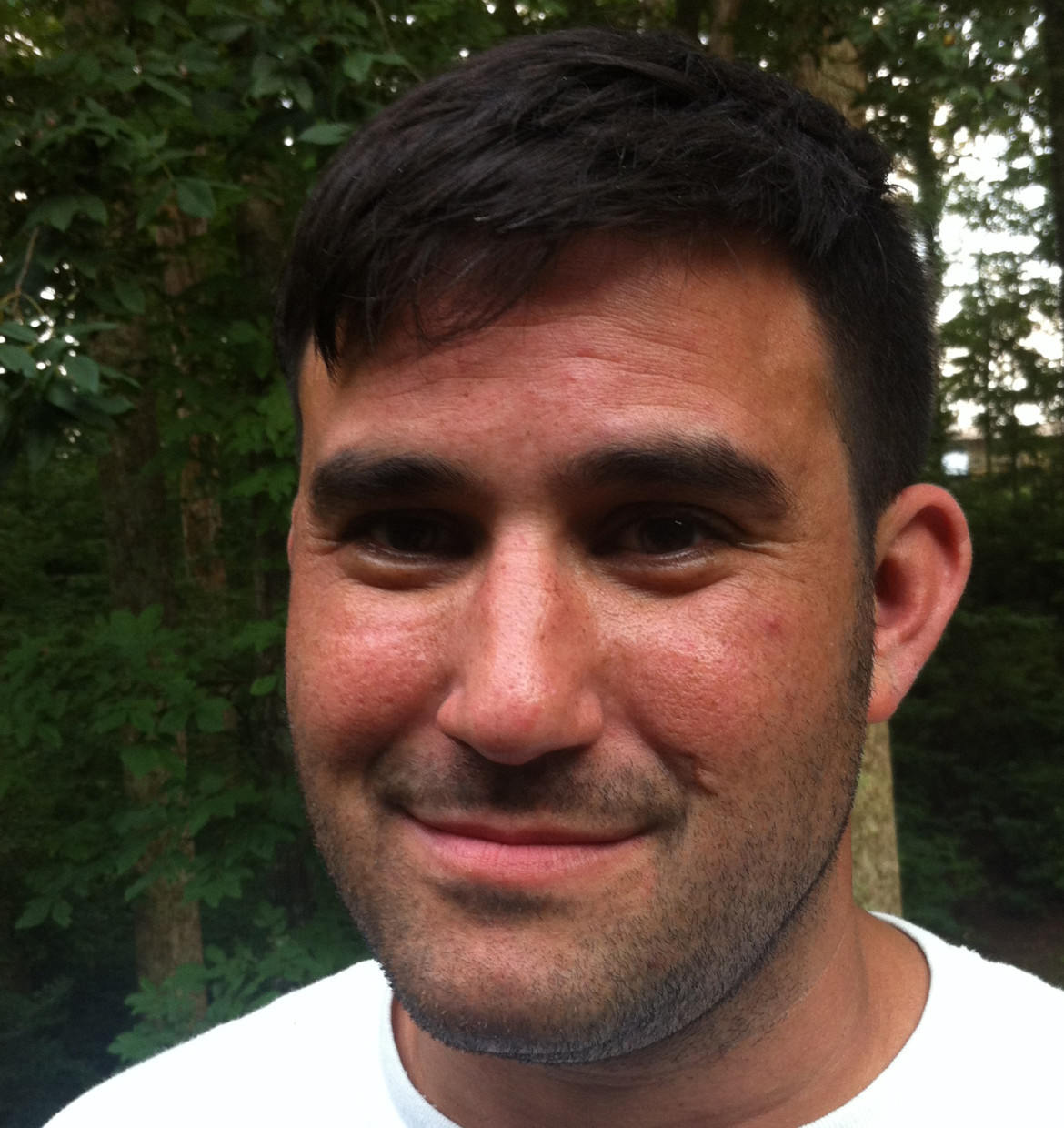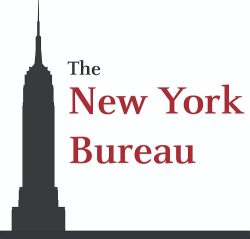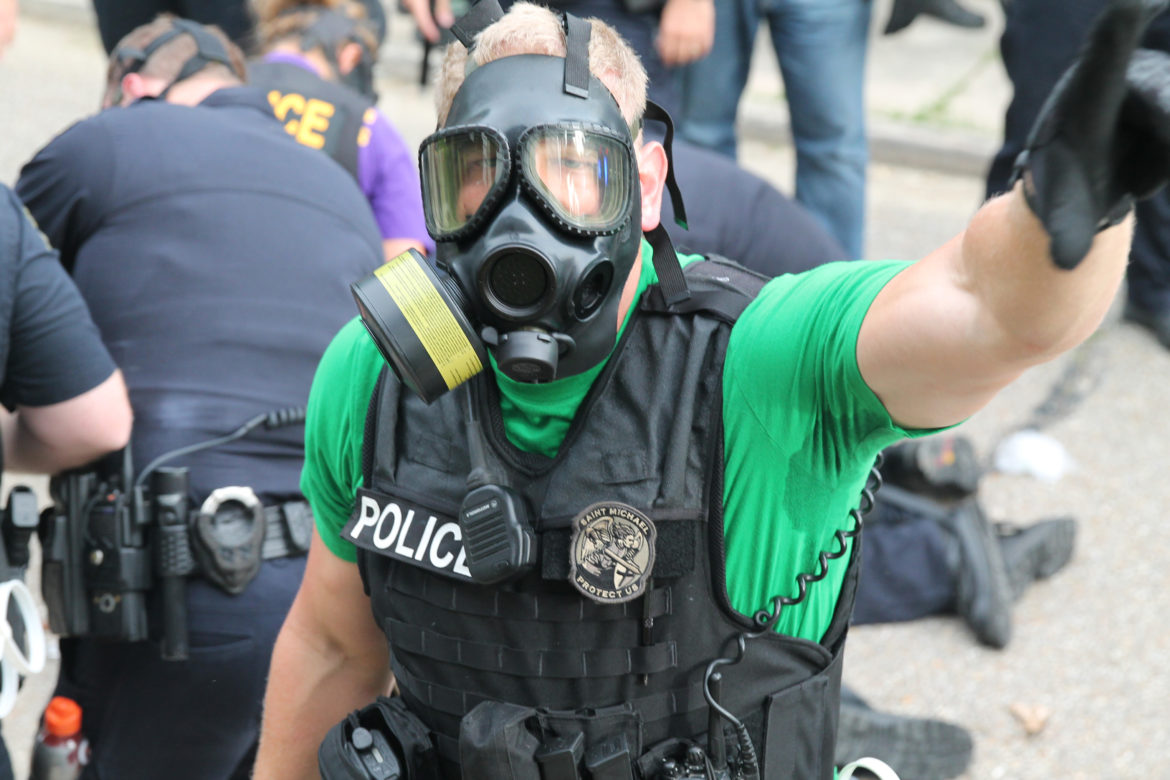NEW YORK — Gavin Long was not among the peaceful crowds on July 10, the week before he savagely murdered three Baton Rouge law enforcement officers. He was nowhere to be found among the mostly young protesters who gathered to call for justice in the shooting death of Alton Sterling by police officers Blane Salamoni and Howie Lake II, and for reforms of a department they said was rife with racism. He did not participate in the demonstrations, carry signs, or deliver speeches.
 And that should come as no surprise. Long considered peaceful change futile.
And that should come as no surprise. Long considered peaceful change futile.
At that time, while protesters were trying to change the system through First Amendment protected speech and assembly, Long — who on his online separatist rants and manifestos went by the name Cosmo Ausar Setepenra — was articulating his political philosophy on YouTube videos.
Long said revolutions need to be watered with blood, and that peaceful protest was useless.
“Zero have been successful simply over protesting,” he said. “It never works and it never will. You’ve got to fight back. That’s the only way a bully knows to quit. He doesn’t understand words. He doesn’t know words, I promise you. He doesn’t understand protest.”
 A week after the chaos and mass arrests and police beatings, on the morning of July 17, Long put that fractured political philosophy into practice with a semiautomatic Tavor SAR rifle on Airline Highway in Baton Rouge. In what authorities described as an ambush, Long shot and killed officers Matthew Gerald, 41, father of two sons; Montrell Jackson, 32, recently a father; and East Baton Rouge sheriff's Deputy Brad Garafola, 45, a father of four. Sterling was the father of five. That’s 12 children in the city left fatherless from killings.
A week after the chaos and mass arrests and police beatings, on the morning of July 17, Long put that fractured political philosophy into practice with a semiautomatic Tavor SAR rifle on Airline Highway in Baton Rouge. In what authorities described as an ambush, Long shot and killed officers Matthew Gerald, 41, father of two sons; Montrell Jackson, 32, recently a father; and East Baton Rouge sheriff's Deputy Brad Garafola, 45, a father of four. Sterling was the father of five. That’s 12 children in the city left fatherless from killings.
His violence stood in sharp contrast to the hundreds of protesters, many of them young people, who expressed their anger and rage at the police department with words — loud words, painful words, harsh words — but just words.
‘Chilling in the sheer brutality’
The world watched Baton Rouge on consecutive weekends as the the twin pillars of civilization — order and liberty — were tested to the point of breaking. There are legal remedies for violent criminals, even savage killers. In Long's case, it was a skilled shot by a police sniper at 100 yards. We have laws. We have a government with a monopoly on force. They are authorized to use force to stop threats like Long.
See also: Reporter Recounts Arrest, Prison Stay After Baton Rouge Protest
But what do you tell protesters who feel the full brunt of that force when they are unarmed, holding signs with slogans and banners with calls for peace? They chose to challenge what James Madison called the “encroaching spirit of power” in their town using the legacy Madison left them in the Constitution. They chose politics over bullets, but — on that day at least — they were treated by the police and troopers the way you'd expect them to treat a deranged gunman hell-bent on death.
After reviewing the surveillance footage of Long moving with tactical precision through the street, killing the police, Col. Michael D. Edmonson, superintendent of Louisiana State Police, described it as "chilling in the sheer brutality.”
Many protesters could identify with that sentiment. The week before, hundreds of officers in riot gear descended upon them to the unrelenting brain-frazzling bleats of an LRAD (long-range acoustic device) in riot gear, chanting and beating their batons against shields like something out of a dystopian nightmare.
A road that runs through America’s soul
There is a road in Baton Rouge named Florida Avenue. It divides the northern section of the city from the southern section, the rich from the poor, the black from the white. Amid the violence, the deaths, the burials of police officers, a man shot to death by police, the unwarranted arrests, and the fatherless children, the city remains divided — like the rest of the country. Not just by a road, or class, or race, but by the bedrock questions that define a society — a vision of what passes for justice, not just in the city’s police stations and courts, but in front of its local grocery stores.
Florida Avenue isn't just a street that divides a city, it represents a stark and seemingly implacable vision the country has of itself. It runs across our political discourse and our ideologies. It ran through Cleveland at the Republican National Convention, where calls for law and order spoke to thinly veiled racism. It will just as certainly run through Philadelphia next week, where the Democratic National Convention will feature speakers demanding that black lives start to matter. It runs through America’s soul.
In December 2014 New York was a city on edge. Highways, Times Square, and bridges had been shut down by protests in the wake of the death of Eric Garner. His last words — “I can’t breathe!” — were broadcast to the world via cellphone footage. It seemed like things couldn’t get worse but then they did. A deranged man from Baltimore took the train to Brooklyn, snuck up behind two neighborhood cops in Bedford-Stuyvesant, and shot them in the back of their heads.
If New York is any indication, there will be no narrowing of this divide in Louisiana or the rest of the country anytime soon. There was never any healing here. The bitterness hardened. The resentment festers. The tension mounts; we wait for the next video to go viral, the next bullets to ring out.
Daryl Khan is the New York bureau chief for the Juvenile Justice Information Exchange and an adjunct professor at the City University of New York Graduate School of Journalism.
